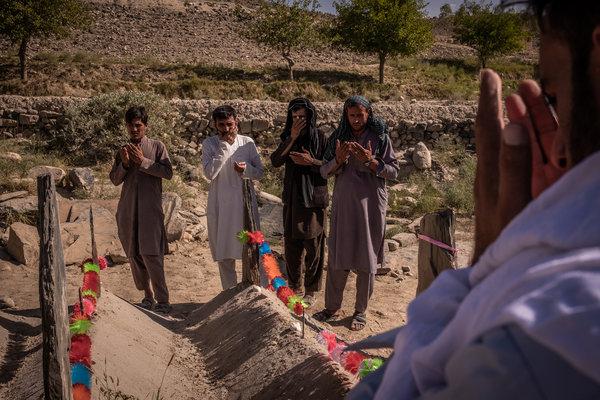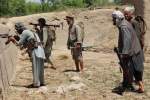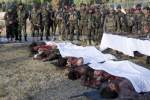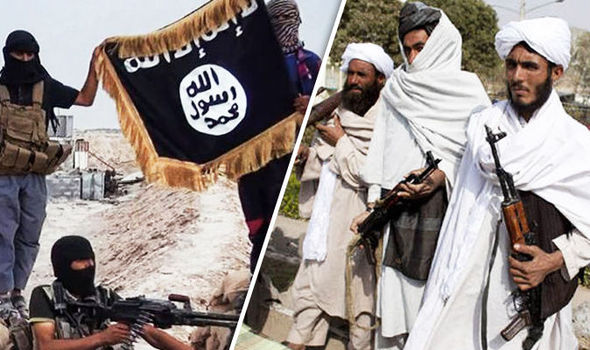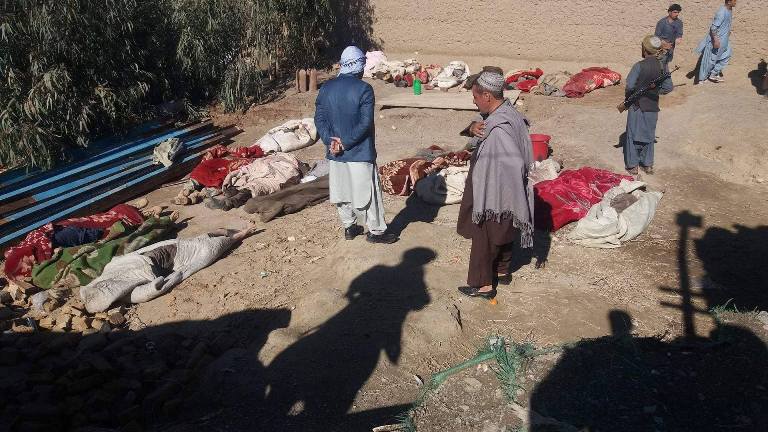A new United Nations report said that Afghan and U.S. forces killed more civilians in Afghanistan than the Taliban and other insurgents did in the first quarter of 2019.
Publish dateWednesday 24 April 2019 - 22:58
Story Code : 183956
AVA- The U.N. Assistance Mission in Afghanistan (UNAMA) said in its quarterly report that for the first time since it began tracking civilian casualties in Afghanistan a decade ago, pro-government forces were responsible for the majority of civilian deaths, attributing 53 percent of deaths to them.
Between Jan. 1 and March 31, UNAMA tracked 305 civilian deaths and 303 injuries attributed to pro-government forces, a 39 percent spike from the first quarter of 2018. Of overall casualties, 17 percent were at the hands of Afghan national security forces, 13 percent were international military forces, 2 percent were pro-government militias and two percent were “multiple Pro-Government Forces.”
“Continuing trends observed in 2018, UNAMA documented increased harm to civilians from aerial and search operations, with the highest number of civilian casualties recorded from each of these tactic types in the first quarter of any year since UNAMA began systematic documentation,” the report states. Pro-government forces carried out 43 aerial operations in the first quarter that killed 145 and injured 83, according to the report. Half of aerial civilian casualties were women and children, according to the report, including a March 23 airstrike on Kunduz that killed 13 civilians, including 10 children and two women.
But insurgent forces remained responsible for the majority of overall civilian casualties, at 54 percent, according to the report. Suicide bombings were down compared to this point in 2018, according to the report, but civilian casualties from non-suicide improvised explosive device (IED) attacks spiked 21 percent, with 53 deaths and 269 injuries, according to the report.
“The overall reduction of civilian casualties was driven by a decrease in civilian casualties by suicide [IED] attacks,” the report states. “UNAMA notes the particularly harsh winter conditions during the first three months of the year, which may have contributed to this trend. It is unclear whether the decrease in civilian casualties was influenced by any measures taken by parties to the conflict to better protect civilians, or by the ongoing talks between parties to the conflict.”
Between Jan. 1 and March 31, UNAMA tracked 305 civilian deaths and 303 injuries attributed to pro-government forces, a 39 percent spike from the first quarter of 2018. Of overall casualties, 17 percent were at the hands of Afghan national security forces, 13 percent were international military forces, 2 percent were pro-government militias and two percent were “multiple Pro-Government Forces.”
“Continuing trends observed in 2018, UNAMA documented increased harm to civilians from aerial and search operations, with the highest number of civilian casualties recorded from each of these tactic types in the first quarter of any year since UNAMA began systematic documentation,” the report states. Pro-government forces carried out 43 aerial operations in the first quarter that killed 145 and injured 83, according to the report. Half of aerial civilian casualties were women and children, according to the report, including a March 23 airstrike on Kunduz that killed 13 civilians, including 10 children and two women.
But insurgent forces remained responsible for the majority of overall civilian casualties, at 54 percent, according to the report. Suicide bombings were down compared to this point in 2018, according to the report, but civilian casualties from non-suicide improvised explosive device (IED) attacks spiked 21 percent, with 53 deaths and 269 injuries, according to the report.
“The overall reduction of civilian casualties was driven by a decrease in civilian casualties by suicide [IED] attacks,” the report states. “UNAMA notes the particularly harsh winter conditions during the first three months of the year, which may have contributed to this trend. It is unclear whether the decrease in civilian casualties was influenced by any measures taken by parties to the conflict to better protect civilians, or by the ongoing talks between parties to the conflict.”
avapress.net/vdcbsfb80rhbw9p.4eur.html
Tags
Top hits
